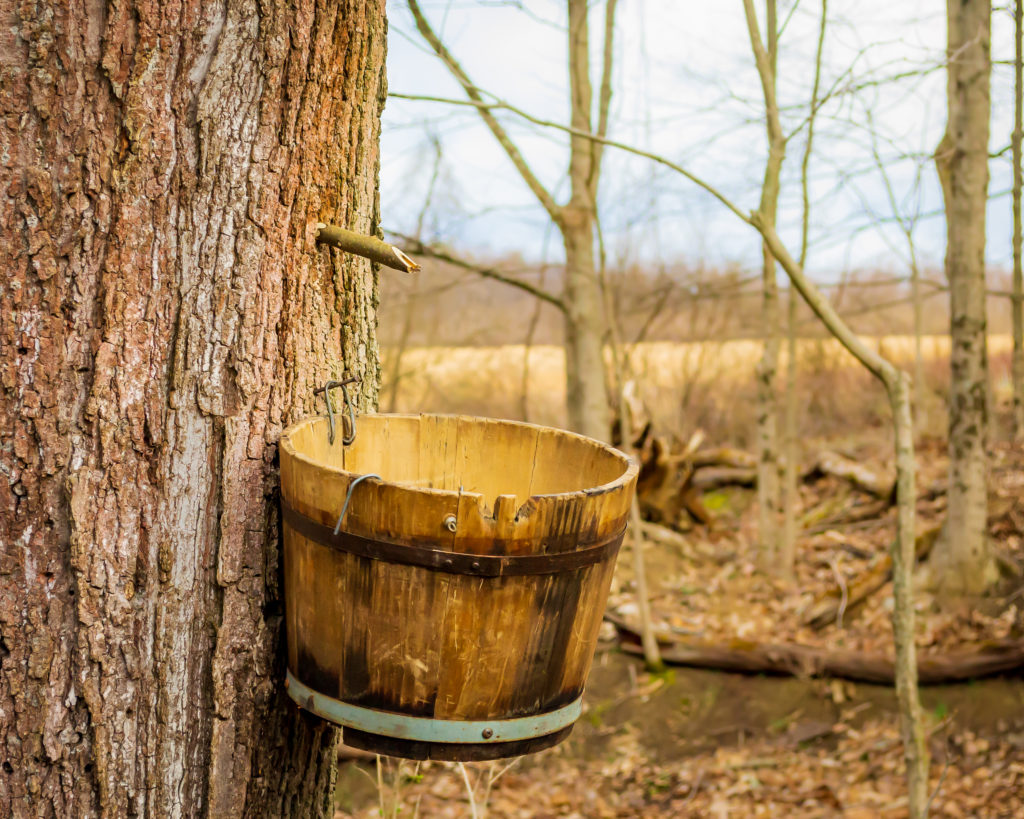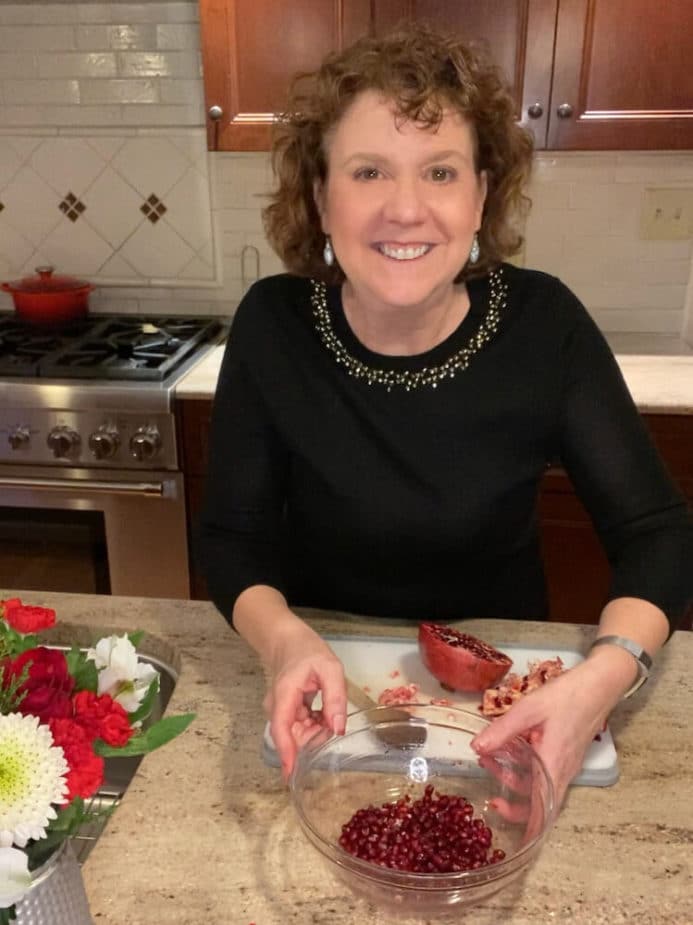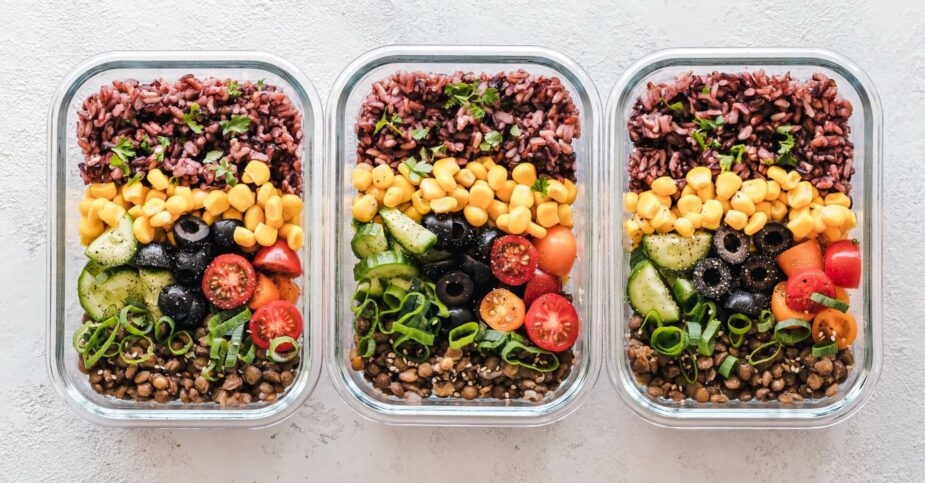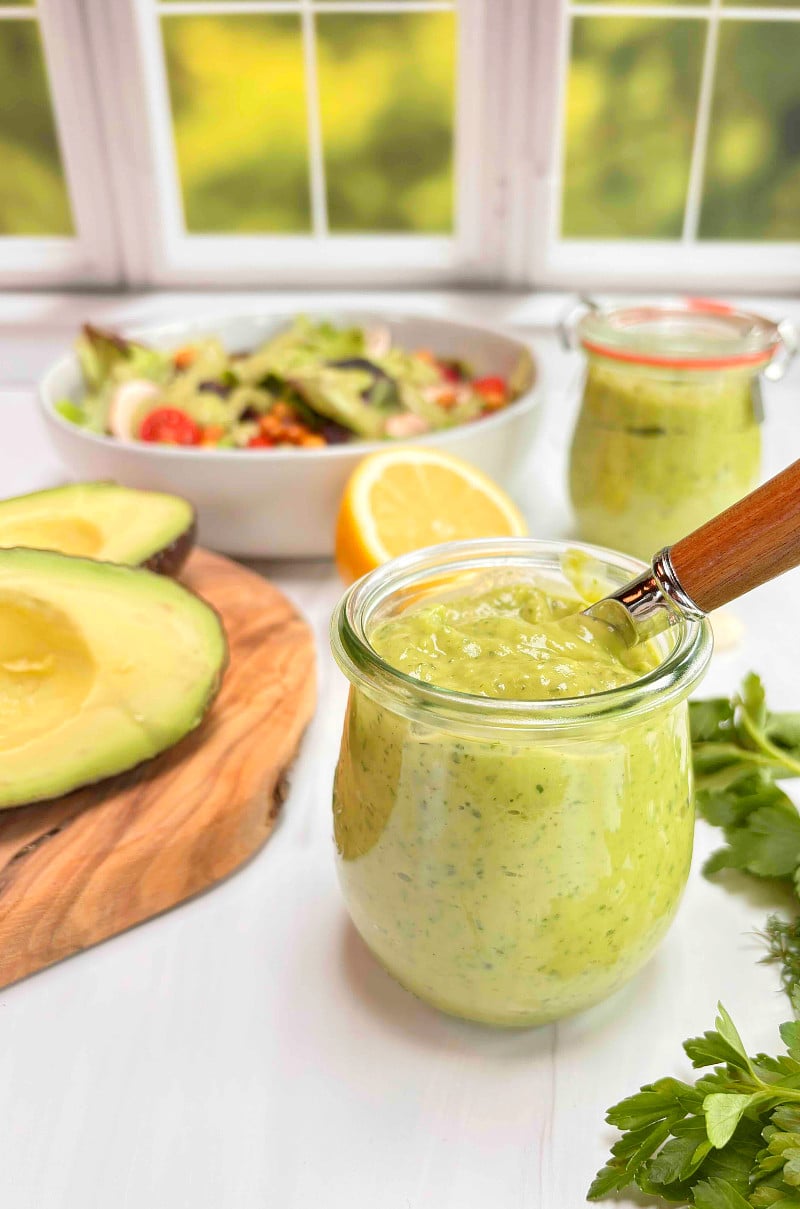I think of maple syrup in the fall. Maple, cinnamon, nutmeg – they are all fall flavors. But yesterday, Mark and I joined my sister and her family at a local county park, Mingo Creek, to learn about making maple syrup and why spring is the time of year it’s made.
Pennsylvania is not known for maple syrup, but it is in the top 10 U.S. states that produce it. Vermont is the primary producer in the US, but other New England states have the perfect weather conditions as well, and so does Pennsylvania.
Our tour guide led us through the production of maple syrup by telling a local legend about how the syrup was discovered and the production – then to now. This was a great way for kids to learn about it, but honestly, it was pretty good for the adults too! The legend as he told it:
One night an Iroquois Indian threw his ax into a tree for safe keeping overnight. In the morning he worked his axe out of the tree and went on his way. Later that day his squaw (wife) went to get her water vessel that she left under the same tree to gather water for cooking and noticed the clear sap that had formed in the bottom of the vessel. She tasted it and realized how sweet it was and decided to use it for cooking instead of water that day. And the rest is history, so to speak.
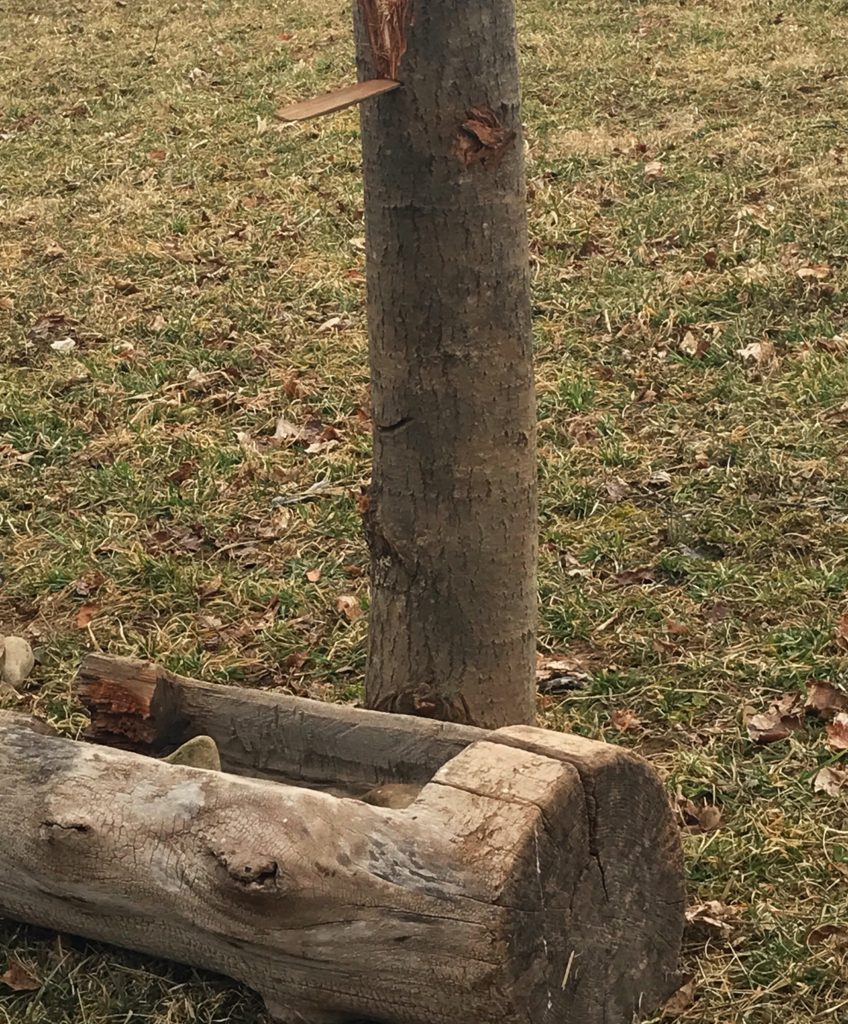
The Indians loved the sweet flavor and gradually learned how to extract the sugar from the sap by heating it with hot stones and letting the sugar crystalize on them. Over time, working with the Indians, the early pioneers learned the secret and perfected the sap collection and syrup making with their more modern tools and cooking equipment and began exporting it back to Europe.
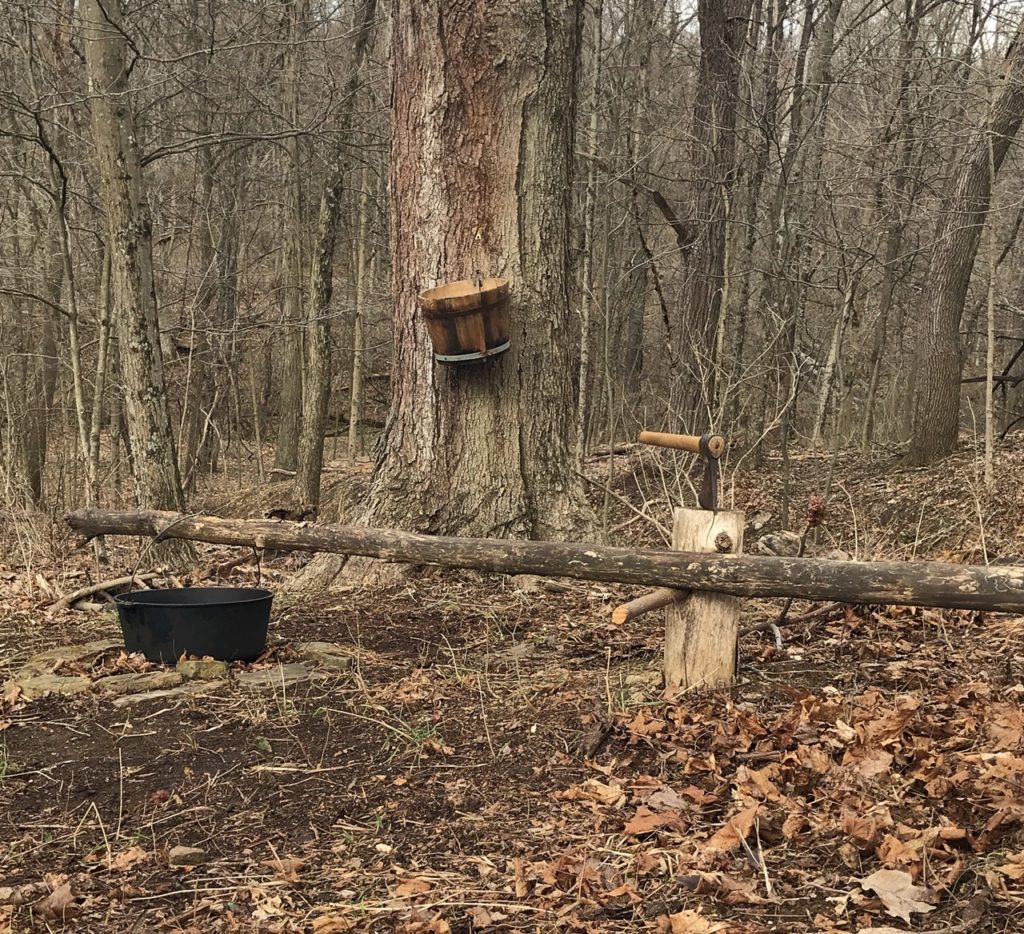
Today, the process is a bit more efficient, and much more sanitary. It is still a lot of work, and it takes a long time and a lot of sap to make syrup.
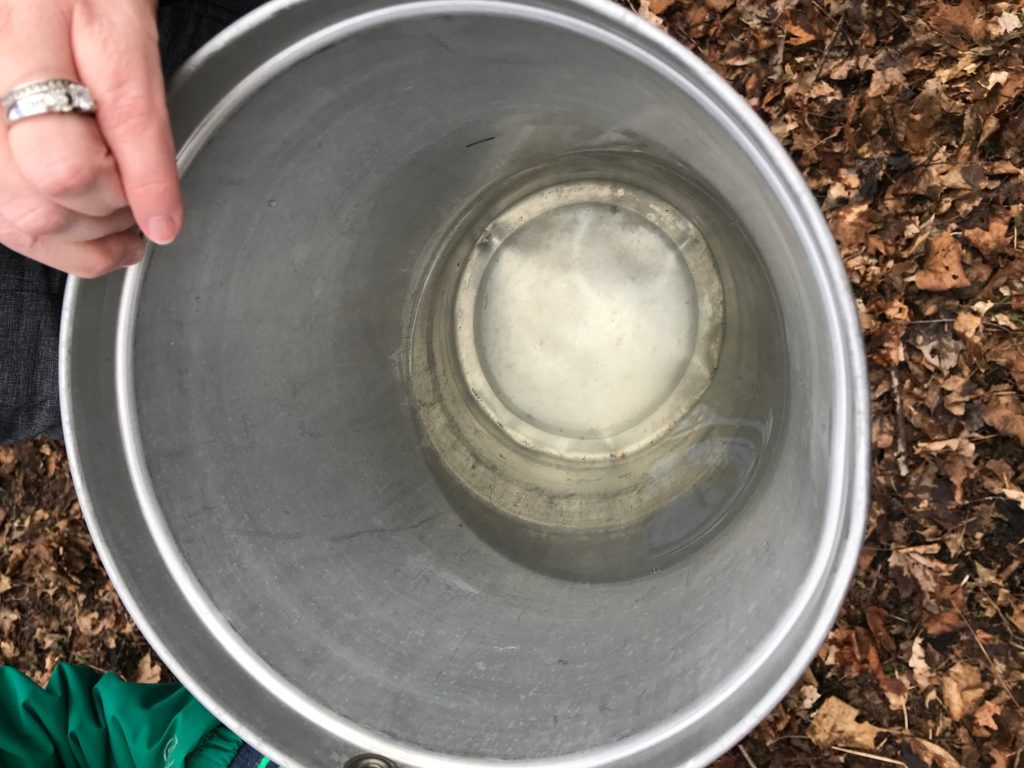
Here are 8 things we learned about making syrup:
- It takes 40 gallons of sap from a Sugar Maple to make 1 gallon of maple syrup.
- You can collect sap from other types of trees to make syrup as well.
- The sap from a sycamore tree tastes like butterscotch!
- The best time of year to collect sap is February – April.
- The temperature needs to be in the 40s and 50s during the day but go back down to freezing at night for sap production to take place.
- The inside of a Sugar Maple tree is like a bunch of little straws running from the roots to the top of the tree. The sap is pulled up to the top when it is warm to give the branches and leaves the sugar they need to grow. During the winter and cold weather the sap goes back down to the roots where it stays until it warms up.
- Once the sap is collected it needs to be boiled down to syrup slowly. Boiling too fast at too high a temperature will burn it, and no one likes burned syrup!
- You can collect sap from the trees in your own yard and make your own syrup. The tree should be at least 10 inches in diameter and in good health before you try to tap it.
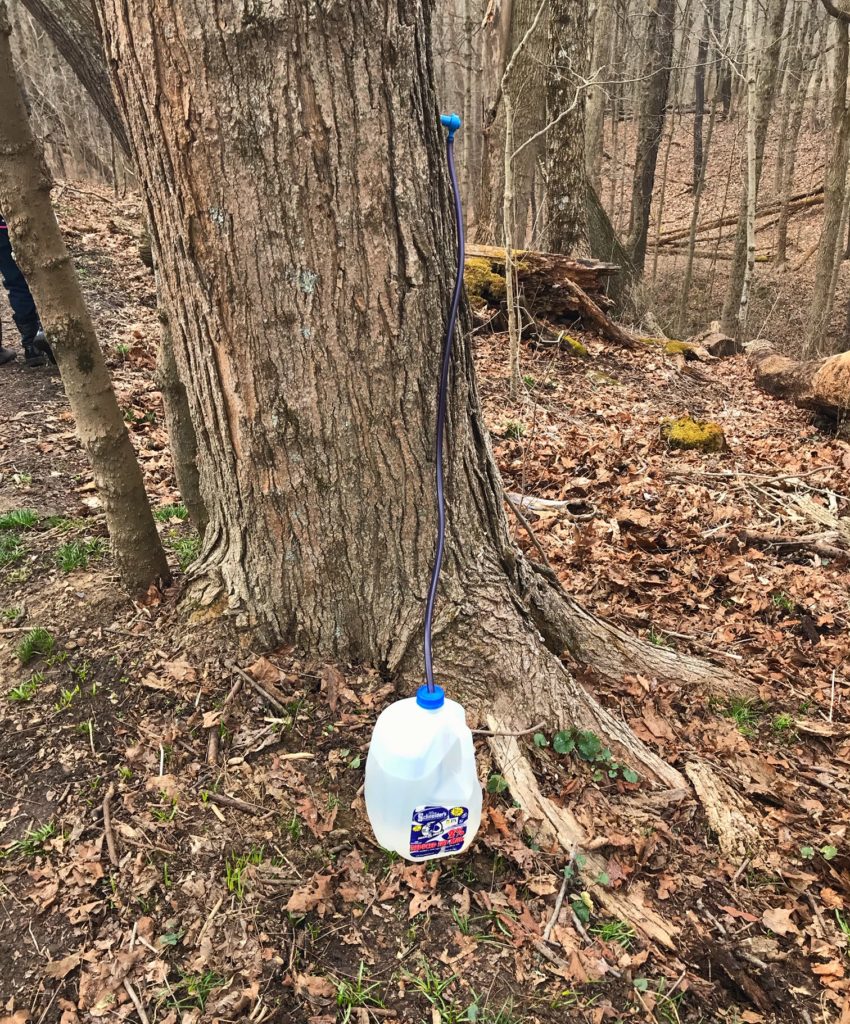
It was a pretty cold morning for our short hike but we were rewarded afterwards with some super fluffy pancakes and maple syrup made by the park! The only disappointing part was they didn’t have any syrup for sale. They don’t make enough for that yet.
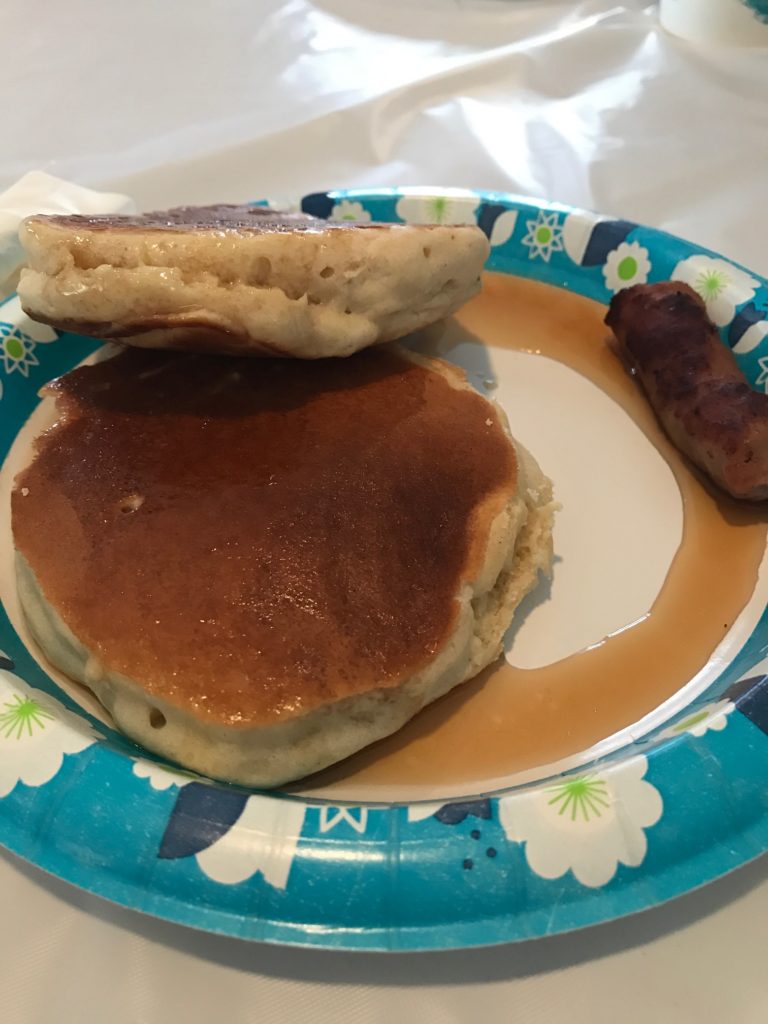
If you live in Pittsburgh, Mingo Creek is a beautiful park in Washington County with a lot of programs for all ages.

